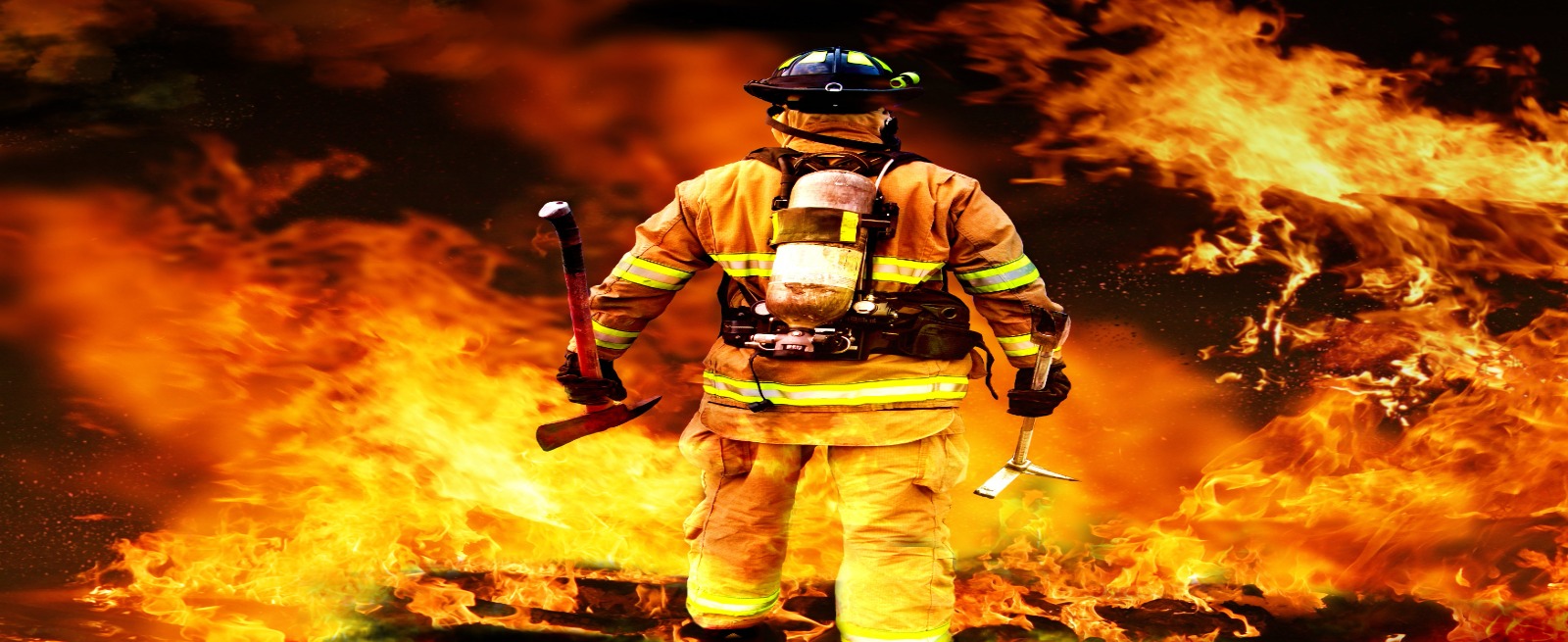AEDs and You… A Potential Life Saving Combination
An Automatic External Defibrillator (AED) is a portable device that analyzes the heart's rhythm and, if necessary, allows a rescuer to deliver an electric shock to a Sudden Cardiac Arrest (SCA) victim. The act of “defibrillation” is intended to halt the rapid chaotic heart activity of SCA and help the heart to re-establish an effective rhythm of its own.
An AED allows even an inexperienced rescuer to rapidly administer defibrillation to a SCA victim. All you need to do is turn the machine on and follow the easy, clear verbal instructions.
To maximize the effectiveness of early medical intervention, use an AED in combination with Cardiopulmonary Resuscitation (CPR).
The power to save a life could be in your hands.
Do you know where the AEDs are located in your community?
| Location Name | Address | Availability |
|---|---|---|
| Calabogie Community Hall | 574 Mill St, Calabogie |
LOCATED OUTSIDE AVAILABLE 24/7 |
| Calabogie Highlands Golf Resort | 981 Barryvale Rd, Calabogie | |
| Calabogie Peaks Resort | 30 Barrett Chute Rd, Calabogie | |
| Calabogie Medical Center | 1101 Francis St, Calabogie |
LOCATED OUTSIDE AVAILABLE 24/7 |
| DACA Community Center | 111 Flat Rd, Dacre | |
| Denbigh and Griffith Lions Club Hall | 25991B Hwy 41, Griffith | LOCATED OUTSIDE
AVAILABLE 24/7 |
| Griffith Rink | 15 Ginza St, Griffith | LOCATED OUTSIDE
AVAILABLE 24/7 |
| Mad River Paddle Co. Mad Shak | 1022 Madawaska St, Calabogie | |
| Matawatchan Community Hall | 1677 Frontenac Rd, Matawatchan | |
| Pine Valley Restaurant | 26047 Hwy 41, Griffith | |
| St.Andrew's United Church Calabogie | 1044 Madawaska St, Calabogie | |
| St.Joseph's Catholic School Calabogie | 12629 Lanark Rd (Hwy 511), Calabogie |
Contact Us
 Subscribe to this page
Subscribe to this page






